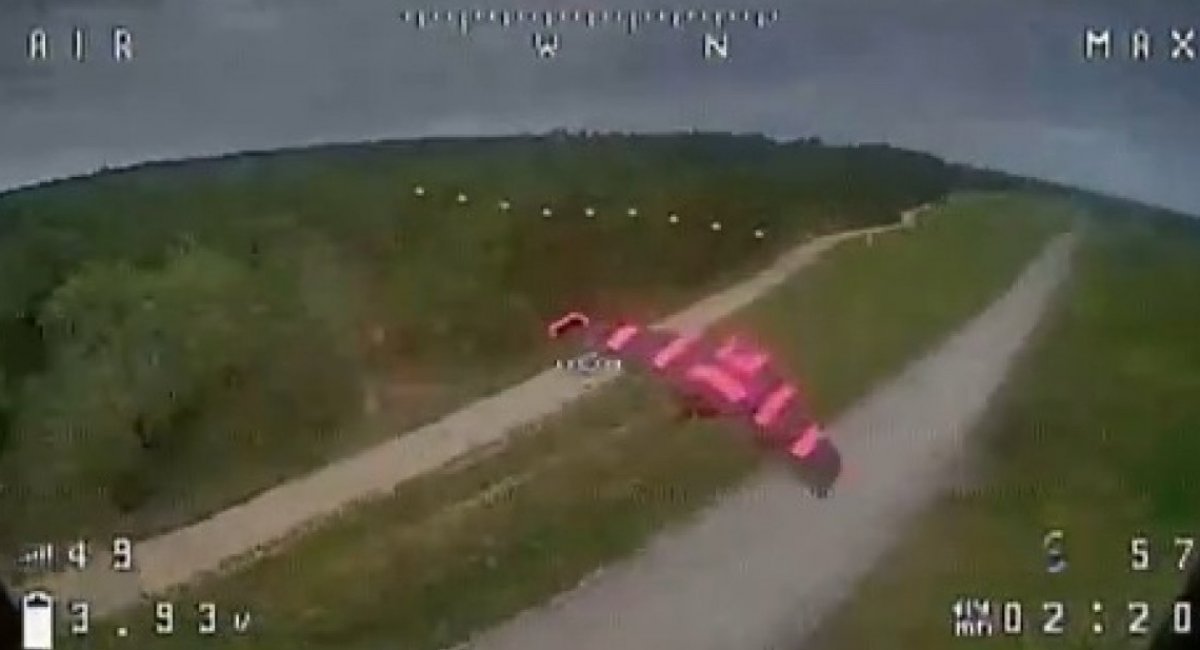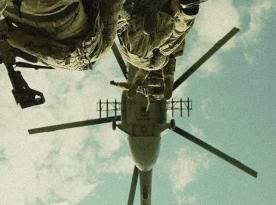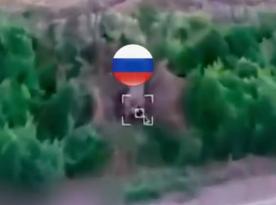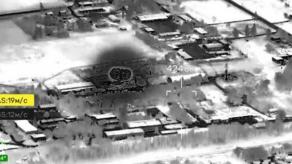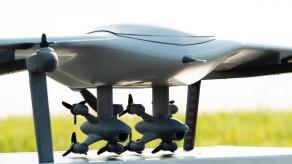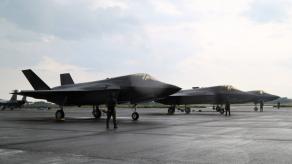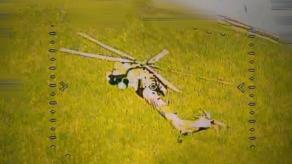Mid-summer 2025, for the first time outside the battlefield in Ukraine, an aerial target was shot down in the United States using an FPV drone. The experiment was conducted by the 173rd Airborne Brigade together with the Pennsylvania National Guard and the U.S. Army Combat Capabilities Development Command Armaments Center.
To hit the target, they used a Skyraider UAV that had been converted into a disposable FPV drone, since it was originally designed as a reusable reconnaissance drone. As a warhead, they used a Claymore directional anti-personnel mine mounted under the drone.
Read more: 1273 Days of russia-Ukraine War – russian Casualties in Ukraine
The target was an unidentified UAV built on a flying wing design, which had a fairly low speed and flew at low altitude, just a few dozen meters, while reconnaissance drones usually fly much higher.
This choice of target is understandable, as it was most likely the operator's first experience in shooting down another UAV with an FPV, so they picked as easy a target as possible. What raises more questions is the FPV drone itself.
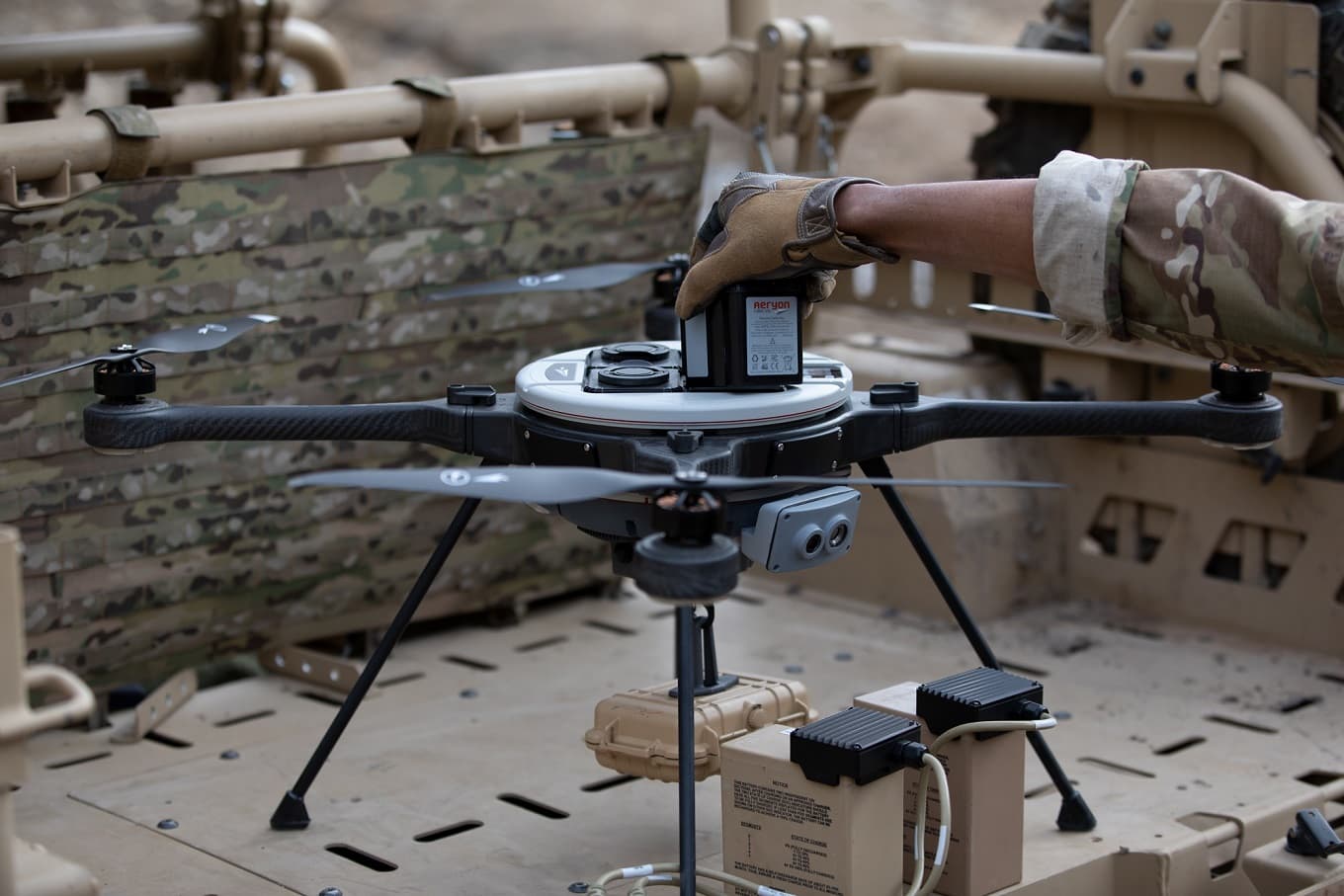
As noted above, the Skyraider was originally developed as a reusable quadcopter for reconnaissance or even small cargo delivery. It was converted into a single-use anti-air FPV drone.
This immediately leads to several issues. The first is its cost, which must be significantly higher than that of regular FPV drones. The second is that, since it was designed for reconnaissance, it has poor maneuverability and low speed — both critical drawbacks for an anti-drone platform.
Judging by the video, it was not easy for the Skyraider to catch up with the relatively slow target drone. Another concern is the quality of its communications and camera. From the footage, the video feed looks very low-quality.
At times, it is even difficult to distinguish the target against the background of grass. And this is despite the operator likely being only a few hundred meters away. One can only imagine what would happen if an electronic warfare system were nearby.
In summary, the U.S. has begun moving in the direction of anti-drone FPVs and is experimenting with them. However, the systems they are testing now are likely too expensive, too slow, and not suited for real combat. It must also be noted that these conclusions are based on a single low-quality video and official statements, so it is not yet possible to accurately assess the drone's performance.
By contrast, Ukrainian FPV interceptor drones have already advanced to the point where they recently managed to strike a very valuable target: an Orion UAV, which is capable of carrying bombs and the Banderol cruise missile.
Read more: The Strike on the Tambov Pumping Station Stopped Operations on the Druzhba Pipeline for Europe




